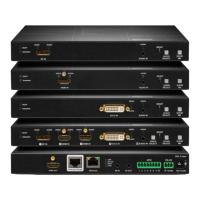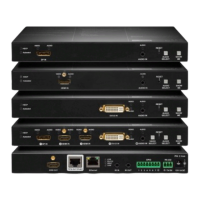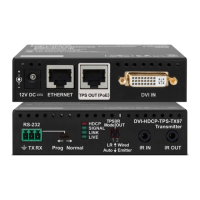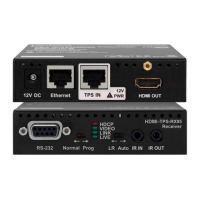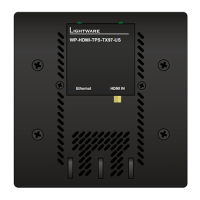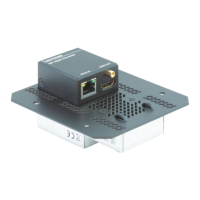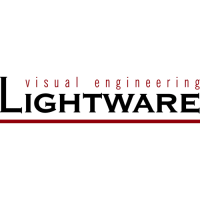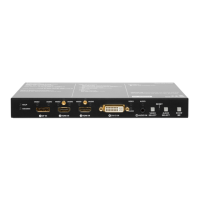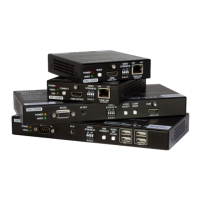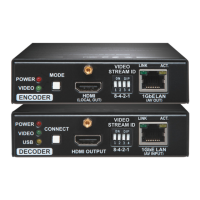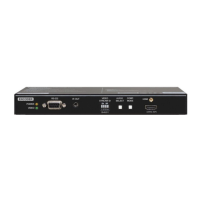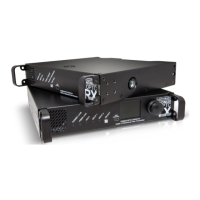How to troubleshoot LAN connection issues with Lightware Transmitter?
- MMichael LopezSep 12, 2025
If you cannot establish a LAN connection with your Lightware Transmitter, try these steps: * **IP Address:** If using a fixed IP address, ensure it is correct. Alternatively, enable the DHCP option to use a dynamic IP address. * **Factory Default:** Restore the factory default settings (with fix IP). * **IP Conflict:** Check for IP address conflicts with other devices on the network.
